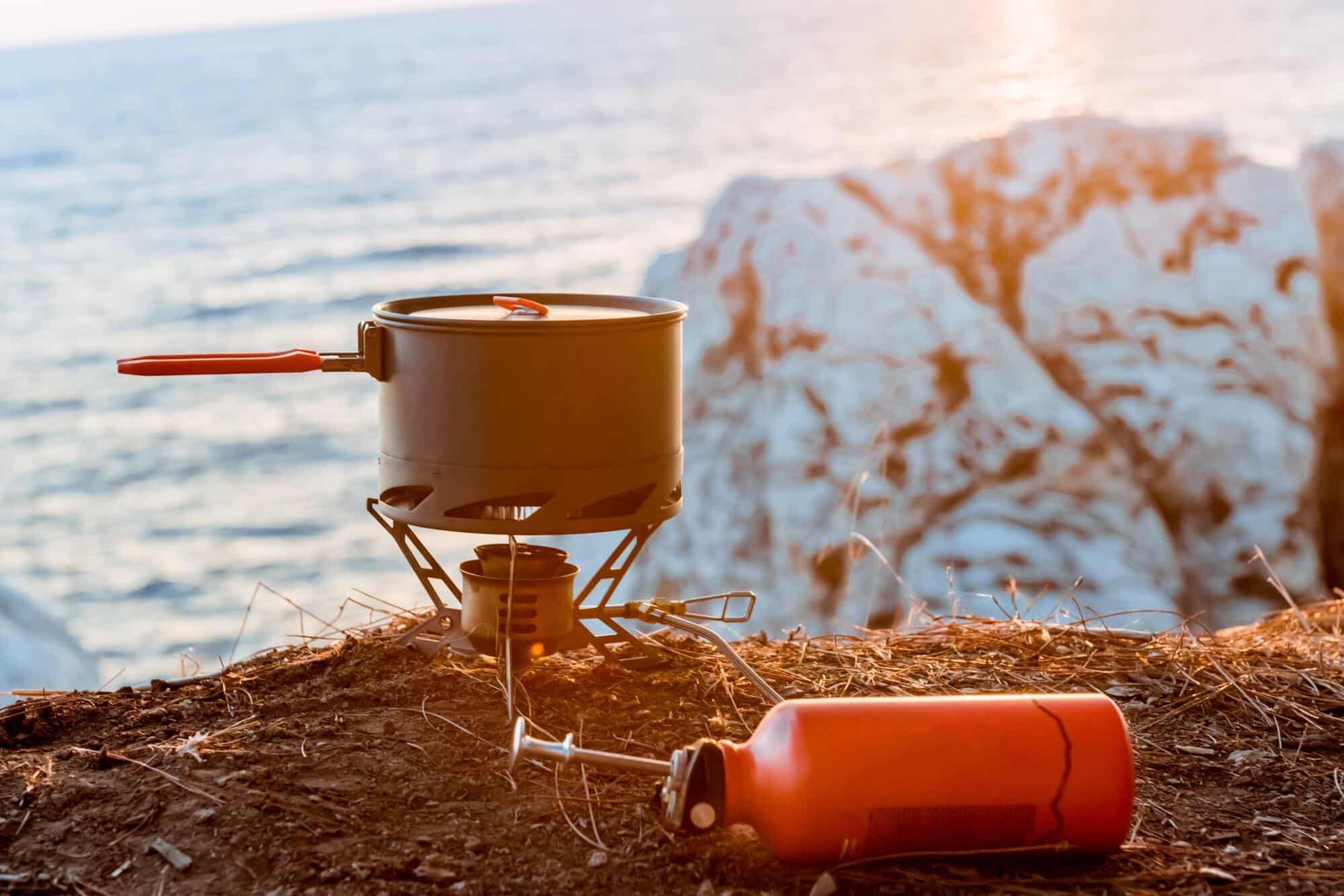Mastering the use of a camping stove is essential for enjoying hot meals and beverages in the great outdoors. Whether you’re planning a weekend getaway or an extended wilderness adventure, understanding how to operate your camping stove properly ensures both safety and satisfaction.
Understanding Stove Types
The foundation of successful camp cooking begins with selecting the right stove for your needs. Canister stoves offer excellent portability and ease of use, making them ideal for backpacking and small-group camping. These compact units typically provide between 8,000 to 11,500 BTUs, perfect for basic cooking needs.
For larger groups or cold-weather camping, liquid fuel stoves deliver superior performance with outputs reaching 20,000 BTUs per burner. These versatile units excel in sub-freezing conditions and offer the advantage of refillable fuel bottles.
Setting Up Your Stove
Proper setup is crucial for both safety and performance. Begin by selecting a level, stable surface away from flammable materials. For tabletop models, ensure your cooking surface can support both the stove and your cookware. Freestanding stoves require careful leg adjustment to achieve stability on uneven ground.
Safety Considerations:
Proper ventilation is crucial. Always operate your stove in a well-ventilated area, maintaining at least three feet of clearance from tents and other flammable objects. Before connecting fuel sources, inspect all connections and hoses for damage or wear.
Operating Your Stove
Mastering stove operation ensures consistent cooking results. For propane stoves, slowly open the fuel valve while holding a flame source near the burner. Canister stoves typically feature integrated ignition systems but always carry backup matches or a lighter.
Flame control is essential for successful camp cooking. Most modern stoves offer excellent simmer control, with high-end models providing up to 720 degrees of flame adjustment. This precision allows for everything from gentle simmering to rapid boiling.
Cooking Techniques
Successful camp cooking requires understanding your stove’s capabilities. Two-burner models excel at meal preparation, allowing you to boil water while cooking main dishes simultaneously. For winter camping, consider using a windscreen to improve efficiency and reduce fuel consumption.
Heat Management:
Different stoves offer varying levels of heat control. Integrated canister systems excel at boiling water quickly, while traditional propane stoves provide better temperature control for complex meals. Understanding your stove’s heat distribution helps prevent hot spots and ensures even cooking.
Maintenance and Care
Regular maintenance extends your stove’s life and ensures reliable performance. After each use, clean all surfaces and check fuel connections. For liquid fuel stoves, periodic maintenance of the fuel line and pump is essential.
Store your stove in a clean, dry place, disconnected from fuel sources. Before each camping season, thoroughly inspect all components and test the stove’s operation in a safe environment.
Safety Best Practices
Always prioritize safety when using camping stoves. Keep a fire extinguisher or water source nearby; never leave a running stove unattended. In cold weather conditions, take extra precautions with fuel handling and stove operation.
Conclusion
Remember that proper stove operation is just one aspect of successful camp cooking. To expand your outdoor culinary options, consider complementing your stove with other cooking methods, such as Dutch oven cooking.
Following these guidelines and properly maintaining your equipment, your camping stove will provide years of reliable service for all outdoor cooking needs.
FAQ
How do I choose between a canister stove and a liquid fuel stove?
Canister stoves are ideal for backpacking and small-group camping, providing 8,000 to 11,500 BTUs. Liquid fuel stoves are better for larger groups and cold-weather camping, offering up to 20,000 BTUs per burner and superior performance in sub-freezing conditions.
What safety clearance do I need when using a camping stove?
Maintain at least three feet of clearance from tents and flammable objects. Always operate the stove in a well-ventilated area and inspect all connections before use.
How do I properly set up a camping stove?
Choose a level, stable surface away from flammable materials. For tabletop models, ensure the surface can support both stove and cookware. Freestanding stoves need careful leg adjustment on uneven ground.
What’s the best way to control the flame on a camping stove?
Modern camping stoves offer up to 720 degrees of flame adjustment. Start by slowly opening the fuel valve while holding a flame source near the burner. Use the adjustment controls for tasks ranging from simmering to rapid boiling.
How should I maintain my camping stove?
Clean all surfaces after each use and check fuel connections regularly. Store the stove in a clean, dry place, disconnected from fuel. Perform thorough inspections before each camping season, and maintain fuel lines and pumps on liquid fuel stoves.
What should I do to improve stove efficiency in winter camping?
Use a windscreen to improve efficiency and reduce fuel consumption. Take extra precautions with fuel handling and stove operation in cold weather conditions.
Can I cook multiple dishes at once on a camping stove?
Two-burner models allow simultaneous cooking, such as boiling water while preparing main dishes. Different stoves offer varying heat control levels, with traditional propane stoves providing better temperature control for complex meals.
What emergency equipment should I have nearby when using a camping stove?
Keep a fire extinguisher or water source nearby. Never leave a running stove unattended, and always inspect connections and hoses for damage before use.
How do I know if my camping stove is providing enough heat?
Integrated canister systems excel at boiling water quickly, while propane stoves offer better temperature control. Understanding your stove’s heat distribution helps prevent hot spots and ensures even cooking.
What’s the proper way to store a camping stove?
Store the stove in a clean, dry place, always disconnected from fuel sources. Perform a complete inspection of all components and test the stove’s operation in a safe environment before each camping season.

Leave a Reply